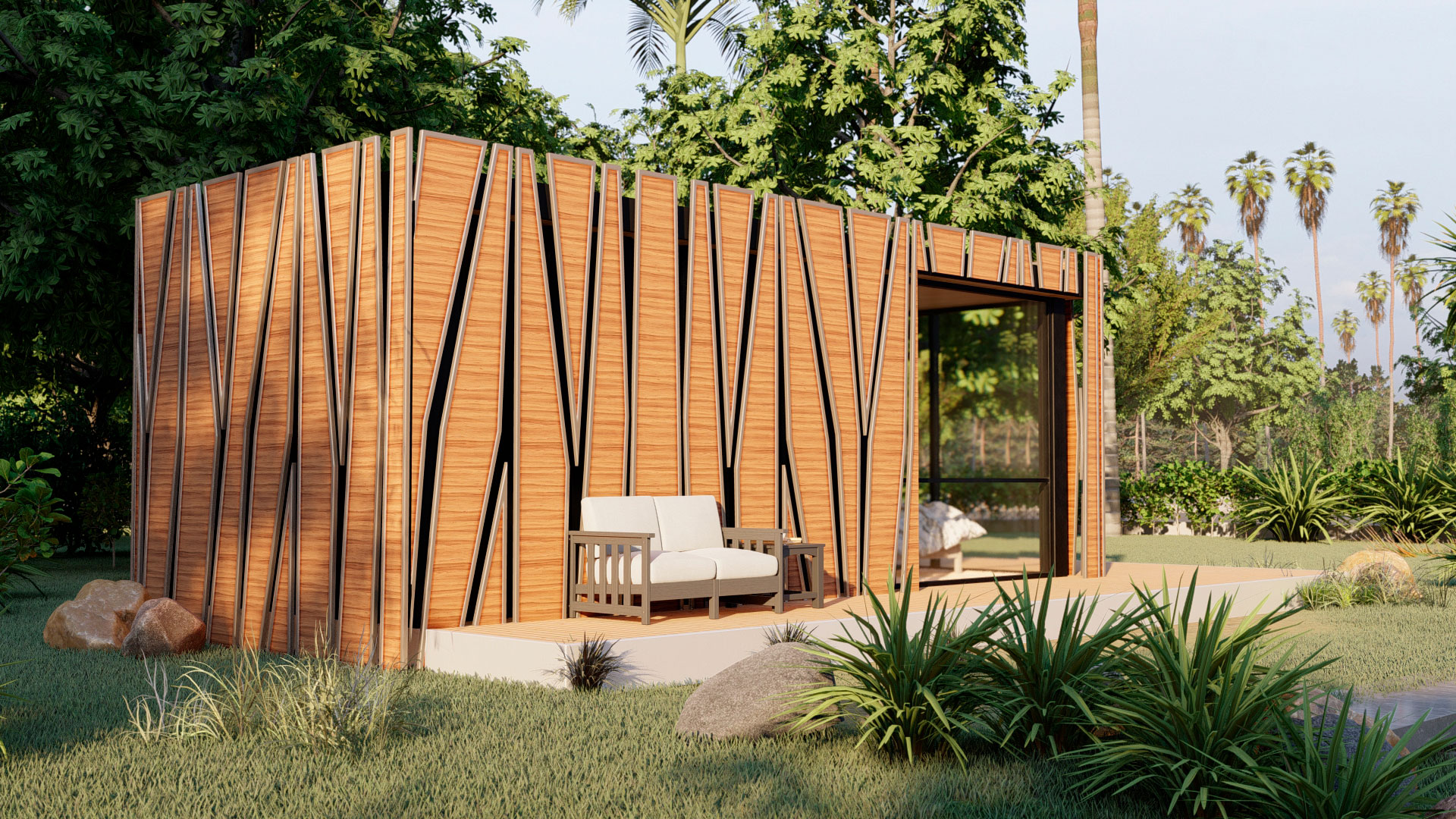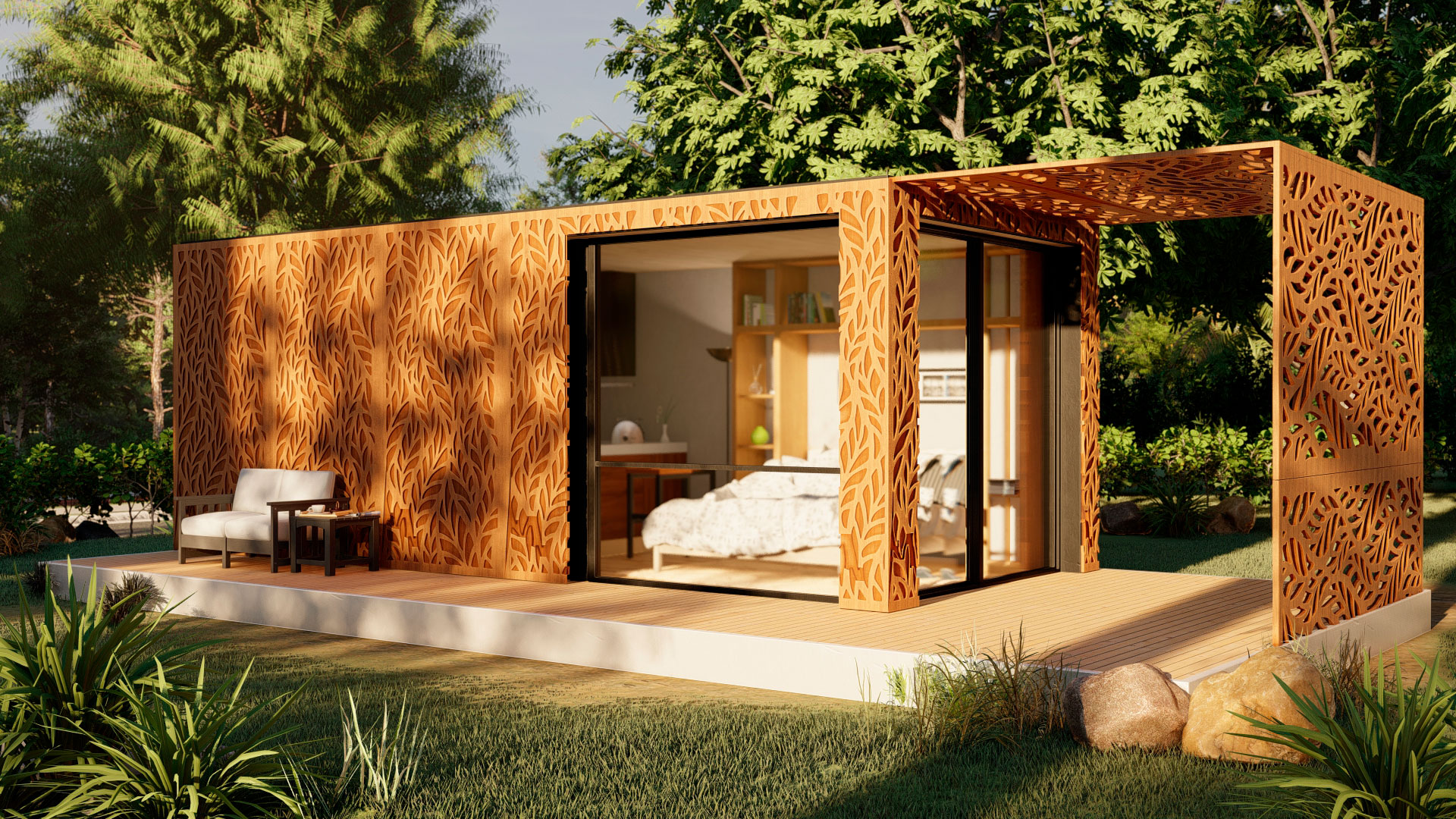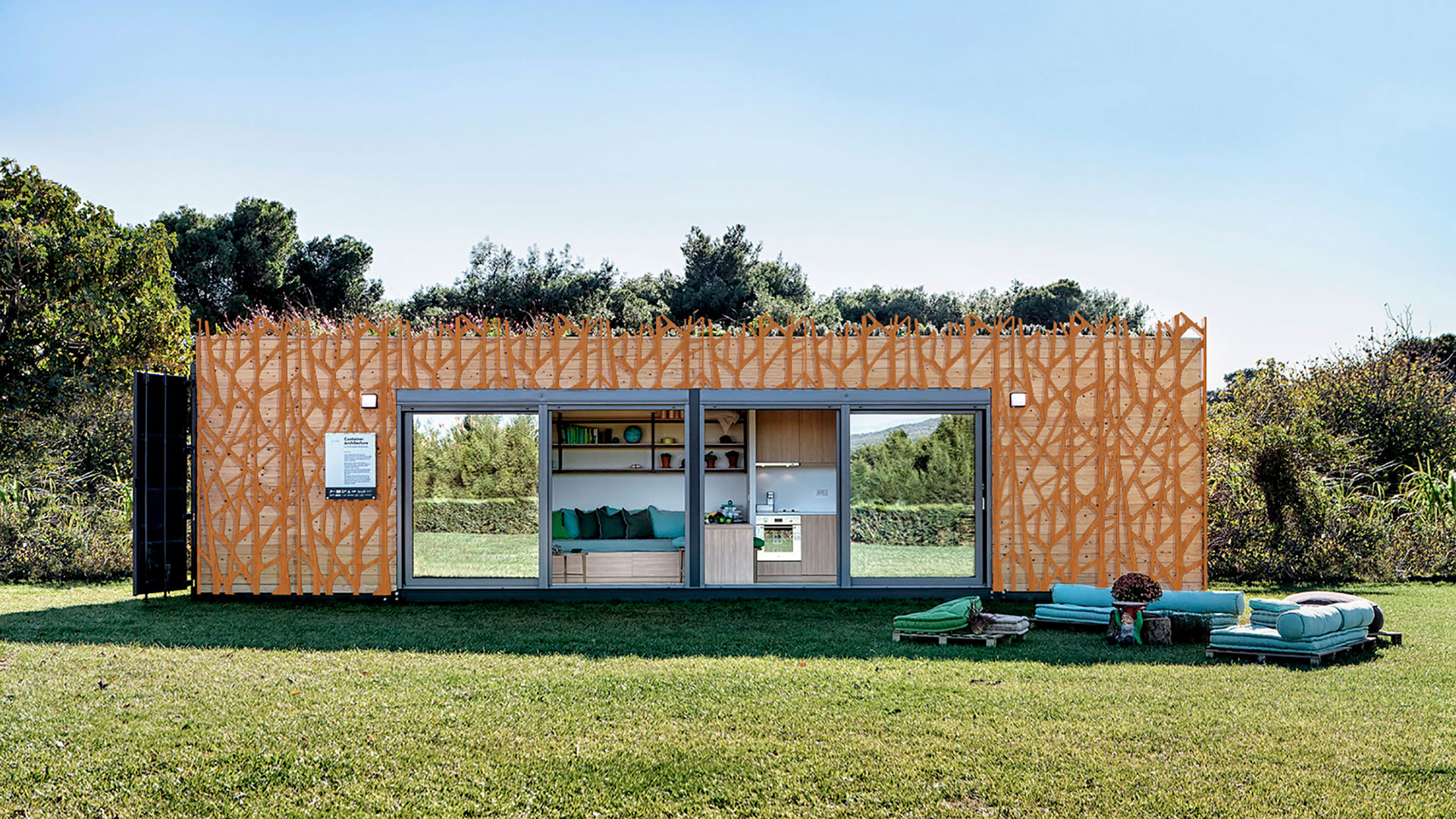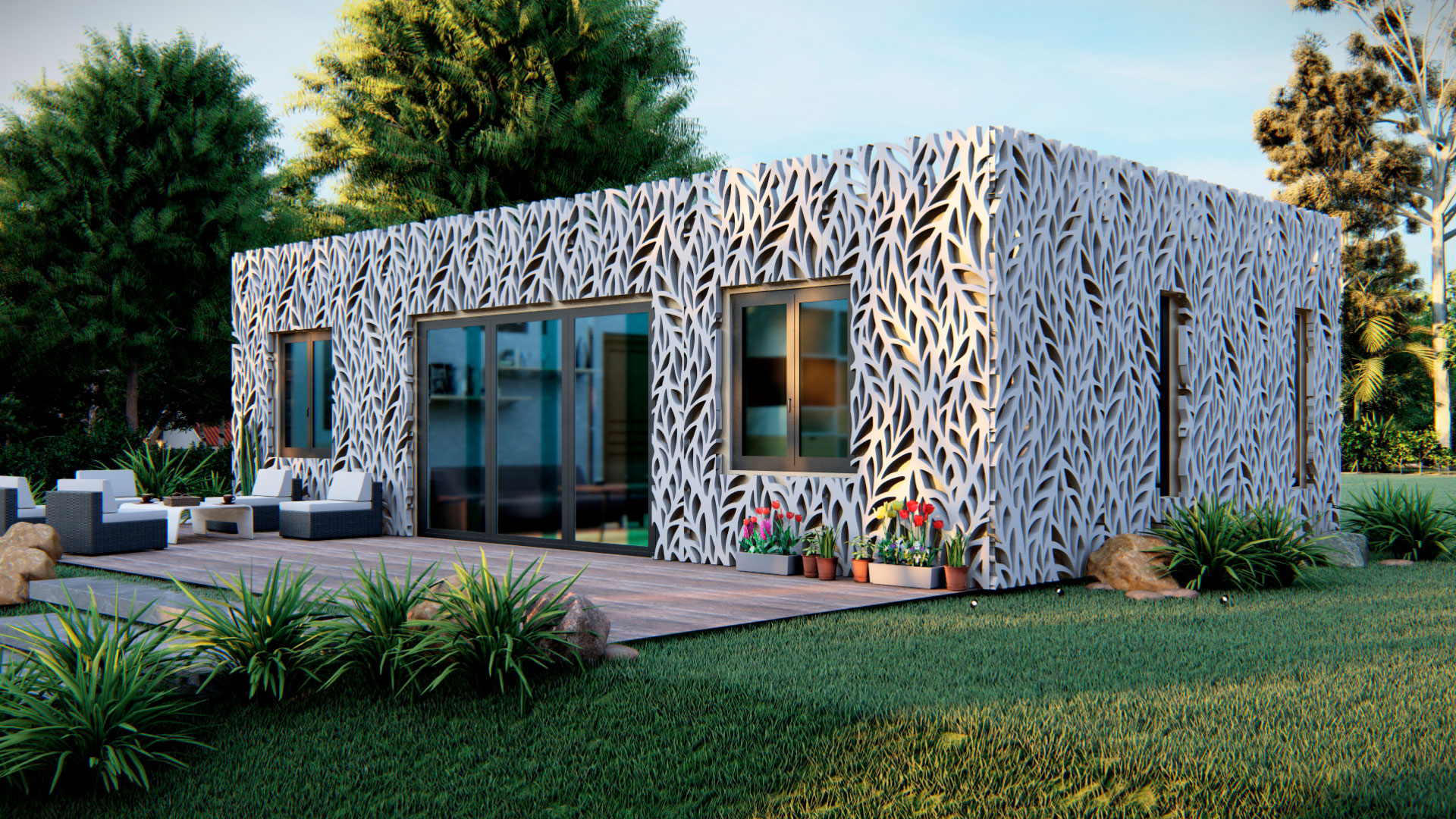The invention of containers as a means of transporting goods was the brainchild of Malcolm McLean, a young entrepreneur from North Carolina, USA. In the mid-1950s, he worked with engineer Keith Tantlinger to design the first prototypes of a system that would make the process of loading and unloading goods more efficient and reduce costs. The success of his idea was such that within a few years it revolutionised the transport of goods and today it has become the universal standard for moving goods from one end of the world to the other. However, the use of his invention was not limited to the transport sector, but was relatively quickly transferred to architecture.
One of the factors that has made it easier for architecture and the construction industry to adopt the container as a building element, is the fact that millions of containers are taken out of service every year. The balance of trade in many Western countries, which import more goods than they export, means that many containers remain in storage and out of use. After all, there is no point in sending them empty to their place of origin. In fact, there is a whole market for the sale of decommissioned containers. Another reason for the success of containers in architecture is their design, just the right size to be habitable, or their robust construction. As early as 1962, shortly after McLean patented his invention, the Insbrandtsen Co. Inc. filed a patent (US3182424) entitled “Combination of container and showcase“. Christopher Betjemann, who is listed as the inventor on the patent, claimed that companies could use shipping containers as a stand to display products on their tours.


However, the first official registration of a method for building a house out of shipping containers is due to Phillip Clark. Clark was granted a patent (US4854094) in 1989 entitled “Method for converting one or more steel shipping containers into a habitable building“. But it was not until 1994, in Stewart Brand’s book How Buildings Learn, that the first reference to container-based architecture appeared. In it, Brand proposes the construction of offices from shipping containers. From that moment on, there was a succession of modular architectural proposals and numerous buildings were constructed with the container as a fundamental element. The sustainability of building with a recycled element, which also reduces the construction time and, therefore, the cost of the buildings and their carbon footprint, are some of the advantages that it is often claimed to bring to architecture and construction. However, a container still needs a lot of work to insulate and refurbish it before it becomes habitable.

A search on the web is enough to find numerous examples, from the initiatives of individuals who have decided to build a small retreat out of several containers, to more professional proposals from various architectural studios. Amusement Logic has studied through these pages some of the most outstanding proposals, such as the extension of the Crowne Plaza Hotel in Singapore, or the world’s first container-based skyscraper project. We have even launched our own proposals, and we have also developed our own brand of prefabricated houses and constructions from containers, known as MagiCube. Here are some links to all this for your information and curiosity:
MagiCube
https://magicube.es/en/welcome/
Expansion of a hotel with containers (+VIDEO)
https://amusementlogic.com/general-news/expansion-of-a-hotel-with-containers-video/
The world’s first container skyscrapers
https://amusementlogic.com/general-news/the-worlds-first-container-skyscrapers/
Buildings with containers
https://amusementlogic.com/company-news/buildings-with-containers/

Sources: Discover Containers, ArchDaily
Images: Amusement Logic, Magicube






